What is bacterial canker?
Bacterial canker is a common and sometimes lethal disease of trees in the genus Prunus including cherry, plum and peach. Bacterial canker is sometimes also referred to as “gummosis”, “blossom blast”, “dieback”, “spur blight” and “twig blight”.
What does bacterial canker look like?
Often branch dieback is the first symptom of bacterial canker that homeowners notice. However, other more subtle symptoms of flowers, leaves, fruits and branches typically precede this dieback. Initially, infected trees are symptomless. Infected flowers often open but then collapse. Infected leaves become spotted and yellowed. The centers of leaf spots often shothole (i.e., fall out). If spotting is severe, leaves may fall off. Infected fruits develop dead spots surrounded by water-soaked tissue. Spots can eventually develop into a fruit rot. Branch or trunk infections often occur at pruning sites and lead to cankers (i.e., sunken, dead areas). Cankers often produce a gummy, resinous ooze. Wood in the cankered area is typically discolored. Flower, fruit and branch infections can become systemic, leading to twig dieback, death of larger branches, or even death of an entire tree.
Where does bacterial canker come from?
Bacterial canker is caused by the bacteria Pseudomonas syringae pv. syringae (Pss) and P. syringae pv. mors-prunorum (Psm). These bacteria overwinter in cankers, in asymptomatic, systemically infected branches, and in buds of susceptible trees. Pss is also known to occur naturally on the leaves of many plants including many weed species. Both Pss and Psm can subsequently be spread by rain splash, wind, or insects. The bacteria can also be spread to healthy branches when contaminated pruning tools are used. Infections most often occur during cool, wet conditions.
How do I save a plant with bacterial canker?
Prune infected branches at least 12 inches below cankers or other dead tissue, and dispose of branches by burning (where allowed by local ordinance) or burying them. Prune branches only during the winter (e.g., Jan. and Feb.) or during dry periods in late summer (e.g., Aug.). DO NOT prune during the cool, wet periods (e.g., spring and fall). Disinfest pruning tools after each cut by treating them for at least 30 seconds with a 10% bleach solution or preferably 70% alcohol (e.g., rubbing alcohol straight from the bottle or a spray disinfectant). If you decide to use bleach, be sure to thoroughly rinse and oil your tools after pruning is complete to prevent rusting.
How do I avoid problems with bacterial canker in the future?
Healthy trees are better able to slow the development of bacterial canker. Therefore make sure that trees are watered and fertilized properly. Keep weeds and other plants that may harbor bacterial canker pathogens from around the base of susceptible trees. Copper-containing sprays have been advocated for bacterial canker management. However, in many areas, copper-resistant strains of Pss and Psm are present and therefore copper sprays are ineffective.
For more information on bacterial canker:
Contact the University of Wisconsin Plant Disease Diagnostics Clinic (PDDC) at (608) 262-2863 or pddc@wisc.edu.
Authors: Mary Francis Heimann* and Brian Hudelson, UW-Madison Plant Pathology
Last Revised: 02/28/2024
D-number: D0009
*Mary Francis Heimann is a Distinguished Outreach Specialist Emerita at the University of Wisconsin-Madison.
References to pesticide products in this publication are for your convenience and are not an endorsement or criticism of one product over similar products. You are responsible for using pesticides according to the manufacturer’s current label directions. Follow directions exactly to protect the environment and people from pesticide exposure. Failure to do so violates the law.
Thanks to Diana Alfuth, Patty McManus and Ann Wied for reviewing this document.
A complete inventory of UW Plant Disease Facts is available at the University of Wisconsin-Madison Plant Disease Diagnostics Clinic website: https://pddc.wisc.edu.
Send a Plant Sample for Analysis
Be cautious when self-diagnosing plant health issues. Very few diseases can accurately be diagnosed by eye.
Contact the UW Plant Disease Diagnostics Clinic (PDDC), and for a small fee, clinic staff can examine a plant, determine the cause of the disease/disorder, and provide advice on how to control or prevent the issue.
Download Article


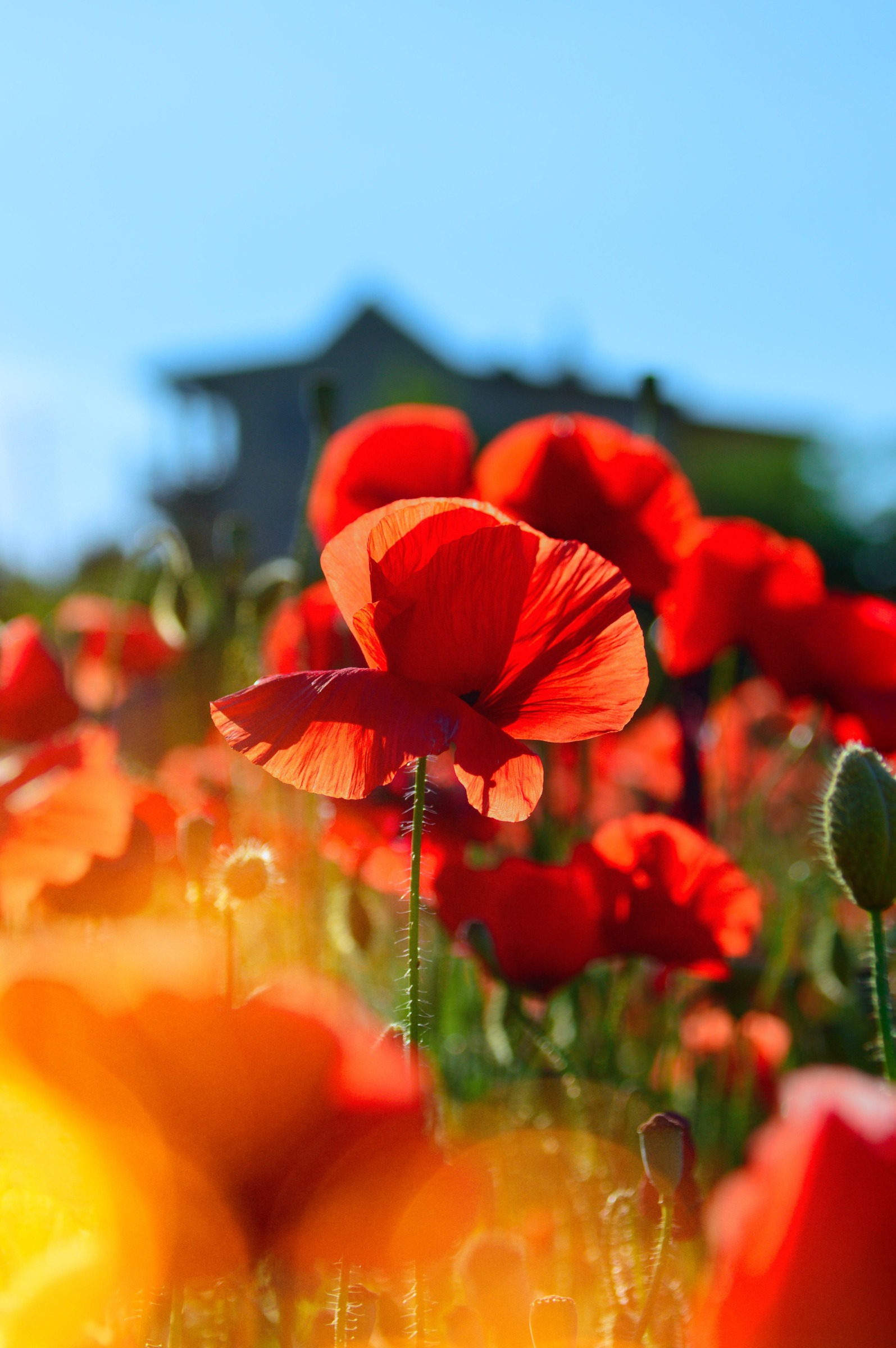
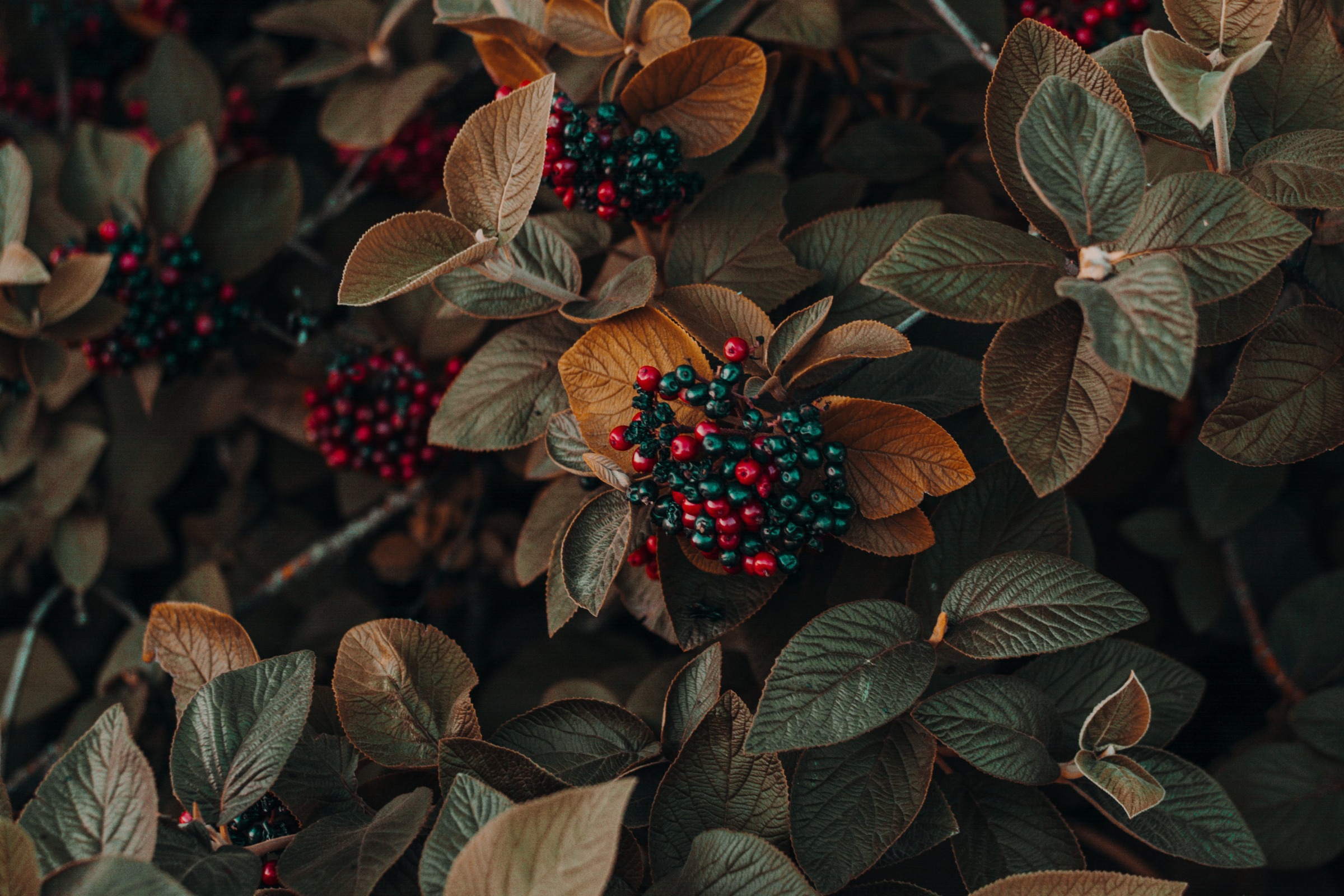
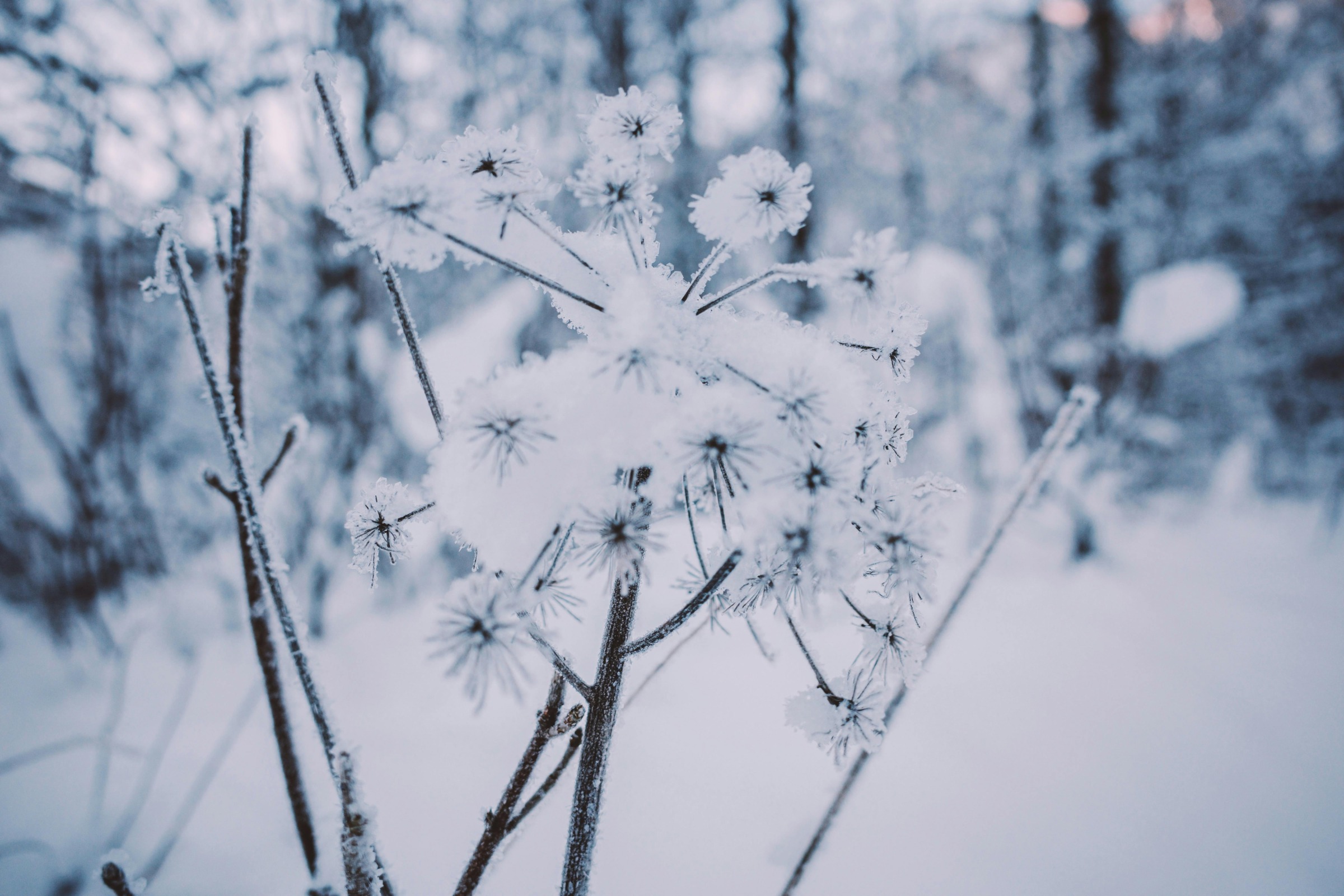
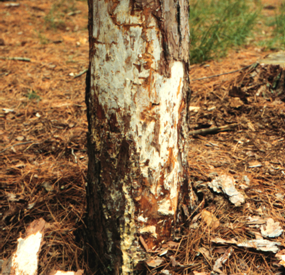 Armillaria Root Disease
Armillaria Root Disease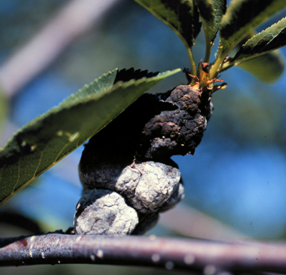 Black Knot
Black Knot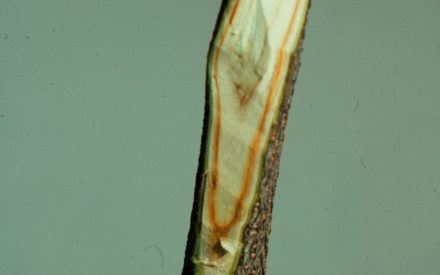 Verticillium Wilt of Trees and Shrubs
Verticillium Wilt of Trees and Shrubs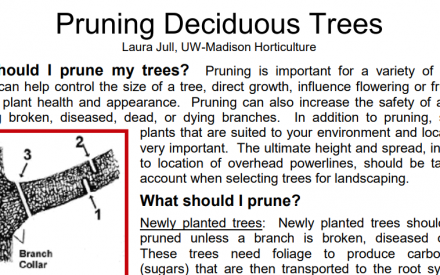 Pruning Deciduous Trees
Pruning Deciduous Trees